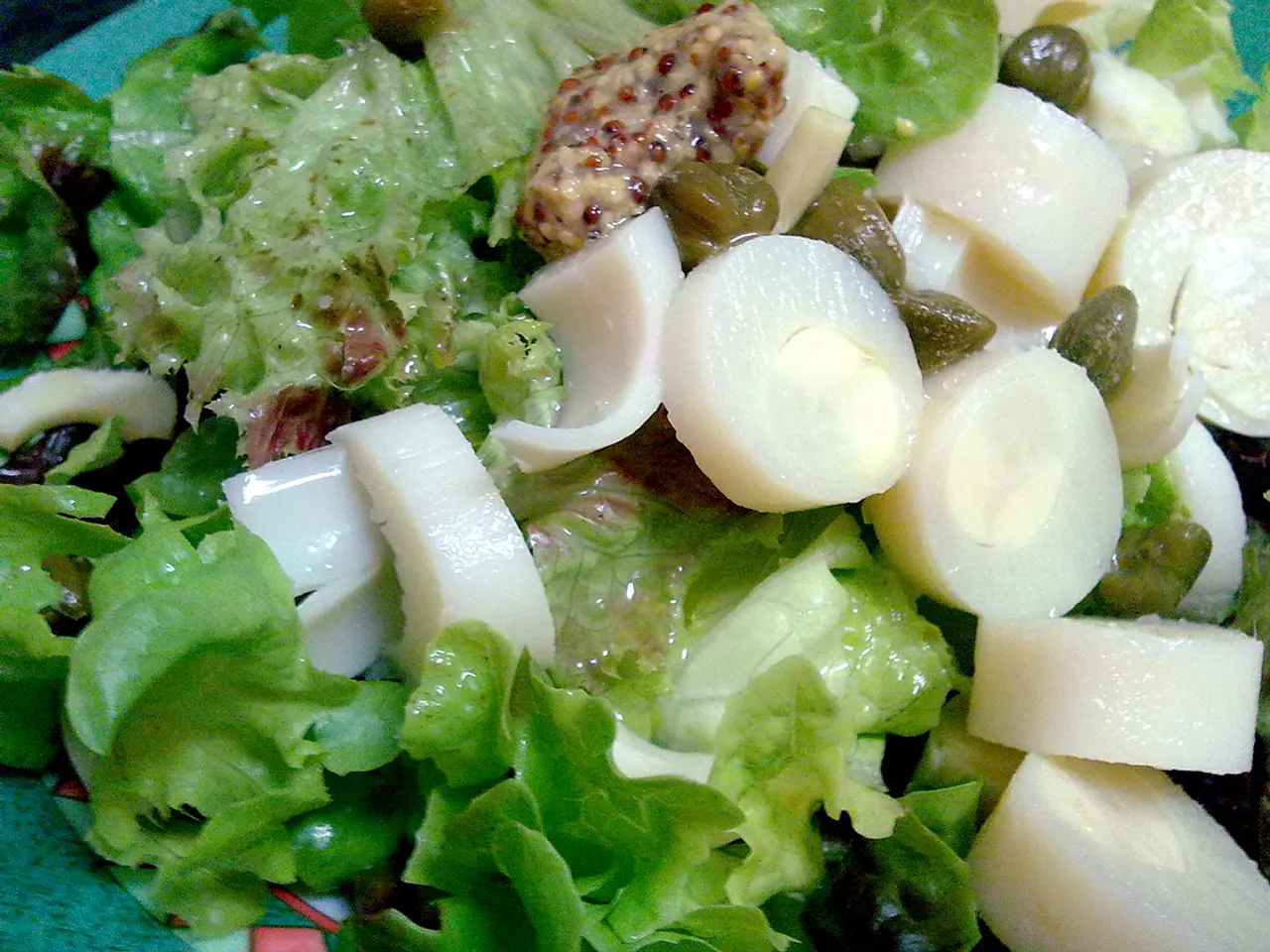Iceberg Lettuce: Nutritional Facts, Advantages, and Usage Tips
**Iceberg Lettuce: A Versatile and Healthy Choice**
Despite its reputation for lower nutritional value compared to other leafy greens, iceberg lettuce remains a valuable addition to a balanced diet. Here's a closer look at its nutritional profile, health benefits, and best practices for handling and consumption.
**Nutritional Profile**
Iceberg lettuce, composed of 96% water, is a low-calorie and low-fat option, providing approximately 14 calories per 100 grams. It is a good source of vitamin K, folate, and dietary fiber. However, compared to other lettuces such as romaine and spinach, it has a less impressive nutritional profile in terms of vitamins, minerals, and fiber.
**Health Benefits**
Despite its lower nutritional density, iceberg lettuce offers several health benefits. Its high water content makes it hydrating, while its fiber content can help improve gut health and prevent constipation. Additionally, a diet that includes iceberg lettuce has been associated with better bone health and a reduced risk of cardiovascular disease.
**Best Practices for Washing and Hygiene**
To ensure the safety of iceberg lettuce, proper washing and handling are essential. Always wash your hands before and after handling lettuce, rinse it thoroughly under cold running water, and dry the leaves to remove excess moisture. Store lettuce in a sealed container in the refrigerator to maintain freshness and prevent moisture accumulation. Before consuming, inspect the lettuce for signs of spoilage and discard any affected parts.
**Comparison with Other Lettuces**
Compared to cos or romaine lettuce, iceberg lettuce has a lower nutritional profile, with less fiber, vitamins, and minerals. Spinach, on the other hand, boasts significantly higher amounts of calcium, vitamin A, folate, and vitamin C.
**Safety Considerations**
Contaminated lettuce can cause food poisoning, with bacteria such as norovirus, Salmonella, and Escherichia coli being potential contaminants. Fresh, whole lettuce may have a lower contamination level than ready-to-eat lettuce.
**Versatile Uses**
Iceberg lettuce is a popular base ingredient for salads, either on its own or in combination with other greens. It is also a common filling in sandwiches, burgers, and wraps. Additionally, it can replace bread to make a healthful sandwich or wrap, particularly suitable for low-carb diets.
**Phytonutrients**
Like all lettuce, iceberg lettuce contains phytonutrients that can help protect the body from various diseases and conditions.
[1] USDA FoodData Central - Iceberg Lettuce [2] USDA FoodData Central - Romaine Lettuce [3] USDA FoodData Central - Spinach [4] Harvard T.H. Chan School of Public Health - Nutrition Source - Iceberg Lettuce
Science shows that iceberg lettuce, despite having a lower nutritional profile compared to other leafy greens like spinach and romaine, can still contribute to a health-and-wellness routine due to its hydrating properties and dietary fiber. In the realm of fitness-and-exercise, it offers a versatile base for salads, sandwiches, and wraps, making it a valuable component of a balanced diet. Consuming iceberg lettuce can aid in maintaining healthy nutrition and promoting overall wellness, as supported by health-and-wellness research and nutrition science.




